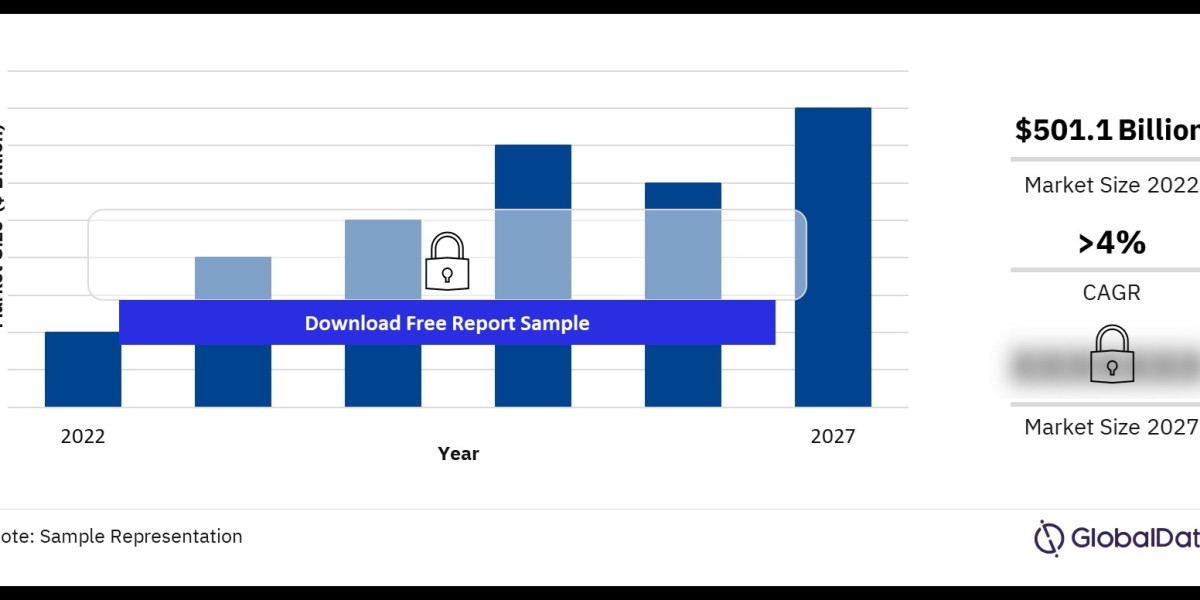The menswear market is a dynamic and rapidly evolving sector within the fashion industry. With changing fashion trends, increasing consumer awareness, and growing demand for high-quality, stylish clothing, the menswear market presents exciting opportunities and challenges for brands and retailers. This article explores the current state of the menswear market, key trends shaping its growth, and future prospects.
1. Market Overview
The global menswear market has experienced steady growth over the past decade. As of 2024, it is valued at approximately $500 billion, with expectations to continue growing at a compound annual growth rate (CAGR) of 4.5% over the next five years. This growth is driven by increasing disposable incomes, urbanization, and a shift towards casual and comfortable clothing.
2. Key Trends in Menswear
a. Casualization of Fashion
One of the most notable trends in menswear is the shift towards casual and relaxed styles. The rise of remote work and a more casual lifestyle has influenced men’s fashion choices. Items such as joggers, casual shirts, and comfortable sneakers have become staples in men’s wardrobes. Brands are responding by offering versatile pieces that blend comfort with style.
b. Sustainable and Ethical Fashion
Sustainability is becoming a significant factor in the menswear market. Consumers are increasingly aware of the environmental and social impacts of their clothing choices. As a result, there is a growing demand for eco-friendly fabrics, ethical production practices, and transparency in the supply chain. Brands that prioritize sustainability are gaining a competitive edge and building strong customer loyalty.
c. Digital Transformation
The menswear market is also being transformed by digital technology. Online shopping, virtual try-ons, and augmented reality (AR) are reshaping how men shop for clothes. E-commerce platforms are offering personalized recommendations, and social media is playing a crucial role in influencing fashion trends. Brands that leverage digital tools effectively can enhance the customer experience and drive sales.
d. Personalization and Customization
Men are increasingly seeking unique and personalized fashion items. Customization options, such as bespoke tailoring and personalized accessories, are becoming more popular. Brands are offering tailored solutions to meet individual preferences, allowing customers to create one-of-a-kind pieces that reflect their personal style.
3. Regional Insights
a. North America
In North America, the menswear market is driven by high consumer spending and a strong focus on fashion and lifestyle. The demand for luxury and designer menswear is significant, with consumers willing to invest in high-quality and stylish pieces.
b. Europe
Europe is known for its rich fashion heritage, and menswear is no exception. The market is characterized by a mix of traditional and contemporary styles. Sustainable fashion is particularly prominent in Europe, with many brands leading the way in eco-friendly practices.
c. Asia-Pacific
The Asia-Pacific region is witnessing rapid growth in the menswear market, fueled by increasing urbanization, rising disposable incomes, and a growing middle class. Countries like China and India are emerging as key markets, with a rising demand for both luxury and affordable menswear.
4. Challenges and Opportunities
a. Supply Chain Disruptions
The menswear market faces challenges related to supply chain disruptions, which can impact production and delivery. Brands need to adopt agile and resilient supply chain strategies to mitigate these risks and ensure timely delivery of products.
b. Competitive Landscape
The menswear market is highly competitive, with numerous brands vying for consumer attention. To stand out, brands must focus on innovation, quality, and customer experience. Building a strong brand identity and engaging with consumers through digital channels are essential for success.
5. Future Prospects
The future of the menswear market looks promising, with several factors contributing to its growth. Advances in technology, increasing consumer awareness of sustainability, and evolving fashion trends are expected to shape the market’s trajectory. Brands that adapt to these changes and stay ahead of trends will be well-positioned to thrive in the competitive landscape.
Buy Full Report to Know More About the Menswear Market Forecast








